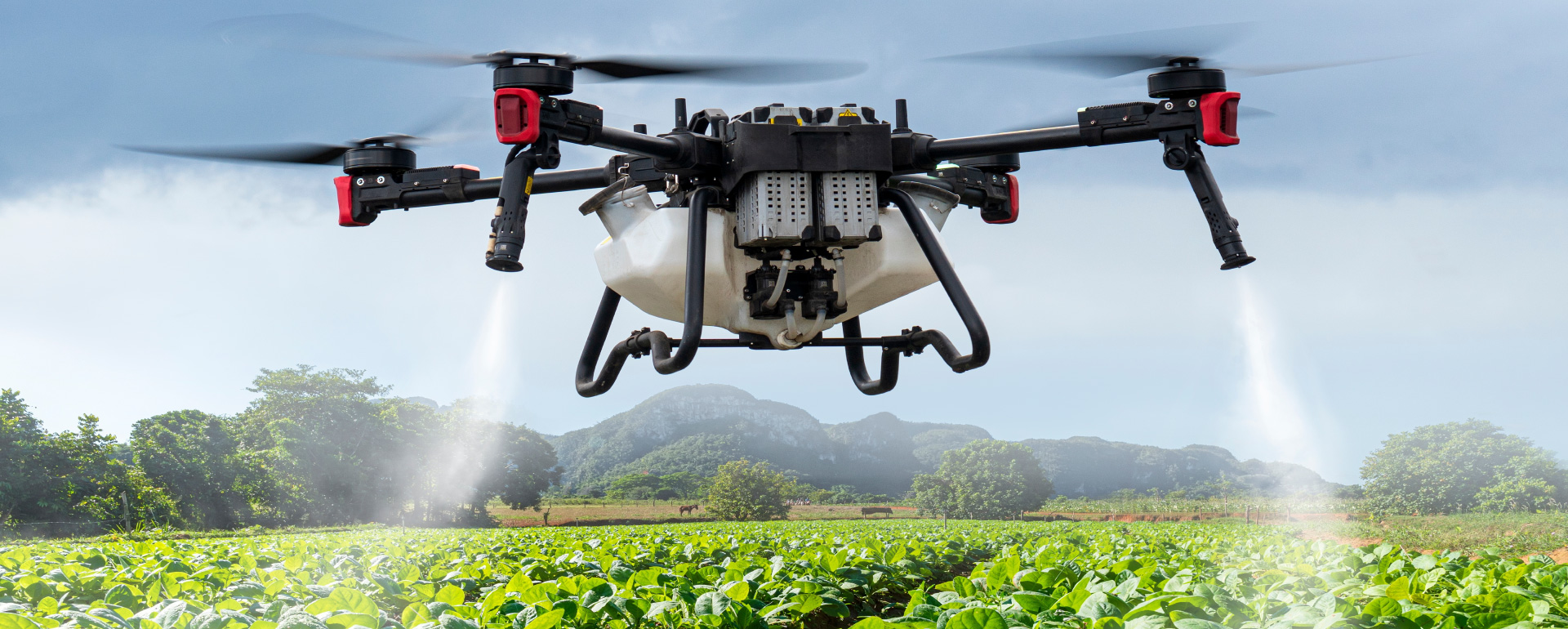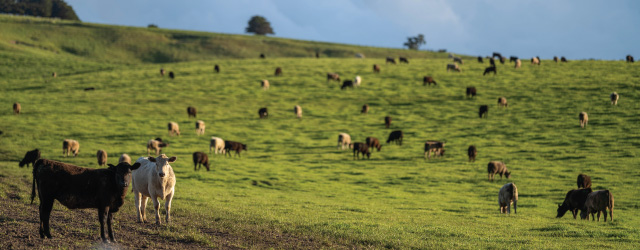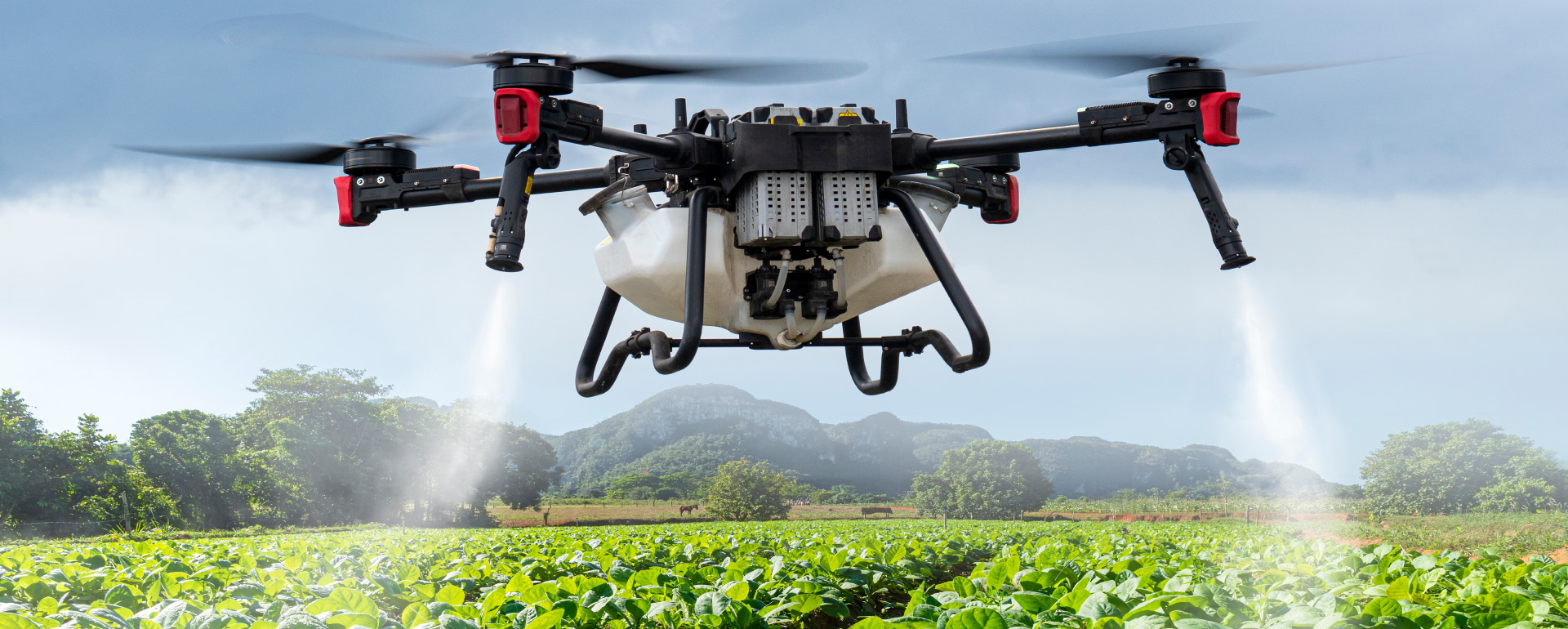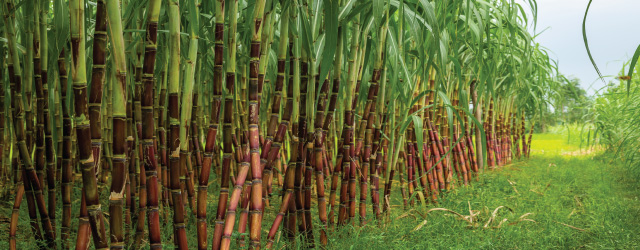The future of agrifood and agtech
life sciences

life sciences
Agtech and agrifood - two terms that are becoming more popular as technology and agriculture come together to solve problems in farming and food production. We all rely on farming in a fundamental way, and it would be wise to keep a close eye on the space and be sensitive of any developments.
Agtech refers to agricultural technology. It involves using modern tools and innovations—like drones, sensors, and data analysis—to improve farming practices. Agtech helps farmers grow crops more efficiently, reduce waste, and manage resources like water and soil better.
Agrifood is all about the food system, from farm to table. It covers everything from how food is grown and harvested to how it's processed, packaged, and delivered to consumers. Agrifood technology focuses on improving every step in this chain to make food production more sustainable, safe, and efficient.
In short, agtech focuses on farming technology, while agrifood looks at the whole journey of food, from its source to our plates. So what does the future hold? Let's take a closer look.
Today’s farmers face unpredictable weather patterns threatening to crop yields and the health of their livestock. At the beginning of the year, farmers in NSW suffered extreme heat waves, with dairy cows drinking up to 250 litres of water a day (they drink half as much on cold days).
In July, dairy farmers in Victoria had to contend with a lack of feed for their cows due to a cold snap which slowed the growth of grass. In south-east Queensland in August, heavy rains caused the destruction of millions of dollars’ worth of strawberries. It’s evident that farmers face all kinds of challenges on an ongoing basis. Hopefully, agtech can help to lighten their load.
While weather events are major challenges for farmers, in a Roy Morgan survey of Australian farmers, 57% cited economic conditions as the core problem in agriculture, followed by government policy at 23%. Inflation and price rises are hitting farmers just as hard as everyone else, and regulations are acting as a stumbling block for many.

The commitment to agtech research and development remains strong. One promising area of research is artificial intelligence (AI), which is increasingly integrated into various industries, including agriculture. By analysing agricultural data—such as historical weather patterns, crop performance, and market trends—AI can generate predictive models and optimisation strategies. This enables farmers to make data-driven decisions, improving yields and supporting sustainable practices.
Farmers face numerous challenges, from unpredictable weather and shifting regulations to evolving consumer preferences, rising costs, and unreliable supply chains. In some areas, agtech is already enhancing farm productivity by reducing operational costs and enabling less resource-intensive growth.
Drones and fire ants
The use of drones in agriculture and biosecurity is growing. In Australia, drones have been successfully used in the fight against fire ants, offering a more efficient and versatile solution than traditional methods like helicopters and ground vehicles. A 16-week study found drones highly effective in various treatment scenarios, leading to plans for broader operational deployment. Drones can access hard-to-reach areas, reduce the workload for ground staff, and provide comprehensive coverage. Additionally, machine learning allows drones to identify fire ant mounds and other agricultural issues, highlighting the increasing role of technology in pest control and biosecurity.

Sugarcane
A sugarcane grower in Burdekin, Queensland adopted automated furrow irrigation after years of following traditional, unsustainable practices. In participation with the Burdekin Irrigation Project, designed to help farmers transition to efficient irrigation methods to reduce runoff and boost productivity, evidence-based decisions were able to be used with tools like the "Farm In One" platform and IrrigWeb. These technologies have helped improve yields, cut costs, and manage water quality better.

Brunel’s entrepreneurial spirit and background as a technical role specialist make it a natural partner for life science ventures. Speak with our experienced team today!